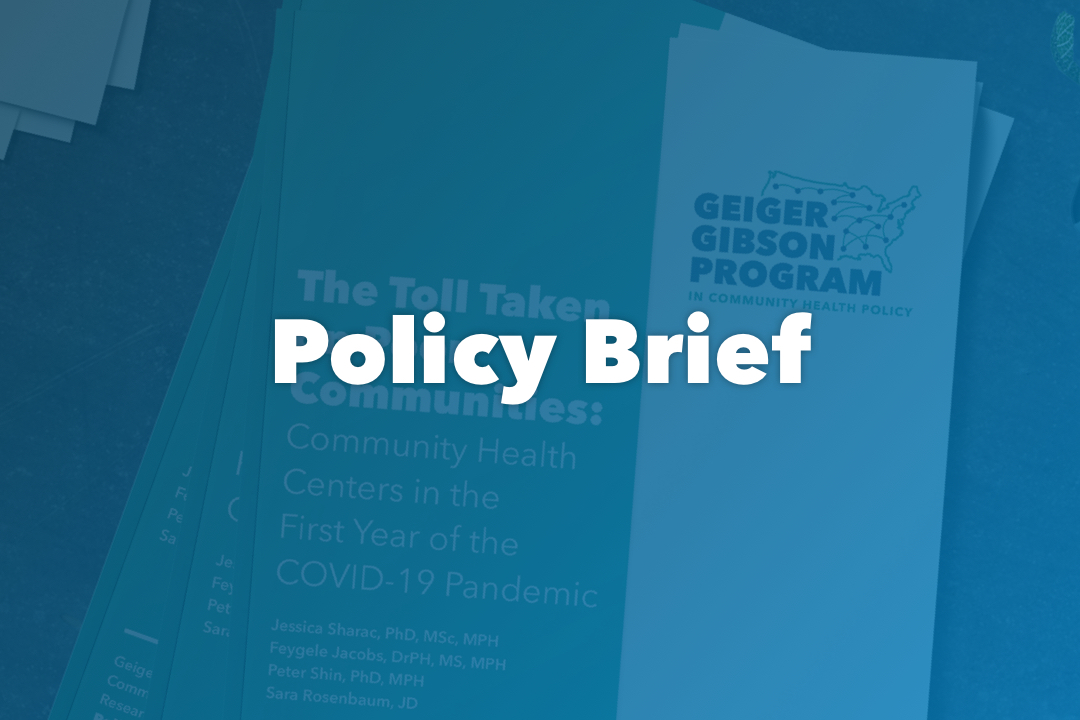A new analysis examines the continued growth of America’s community health centers. The authors analyze health center activity for 2018 and comparative years based on data from the U.S. Department of Health and Human Services Uniform Data System (UDS) and document the near-tripling of health center capacity from 9.6 million patients served in 2000 to 28.4 million in 2018. While this growth is attributed to several factors, key among them is the ACA Medicaid expansion. Significant differences persist between Medicaid expansion and non-expansion states: by 2018, the proportion of uninsured patients served by health centers in non-expansion states was nearly twice as high (35%) as in expansion states (18%). Meanwhile, 55% of patients served by expansion-state CHCs were covered by Medicaid in 2018, compared to 32% in non-expansion states. Despite the significant growth in both CHC capacity and scope, the authors caution that community health centers are vulnerable to major federal policy decisions that directly affect the health care safety net, including uncertainty regarding the future of the Community Health Center Fund, the administration’s “public charge” rule, changes to the Title X family planning program, and Medicaid work requirement programs.
The study, conducted by Jessica Sharac, Peter Shin, Sara Rosenbaum and Teodor Handarov, is part of the Geiger Gibson/RCHN Community Health Foundation Research Collaborative’s signature policy brief series.



